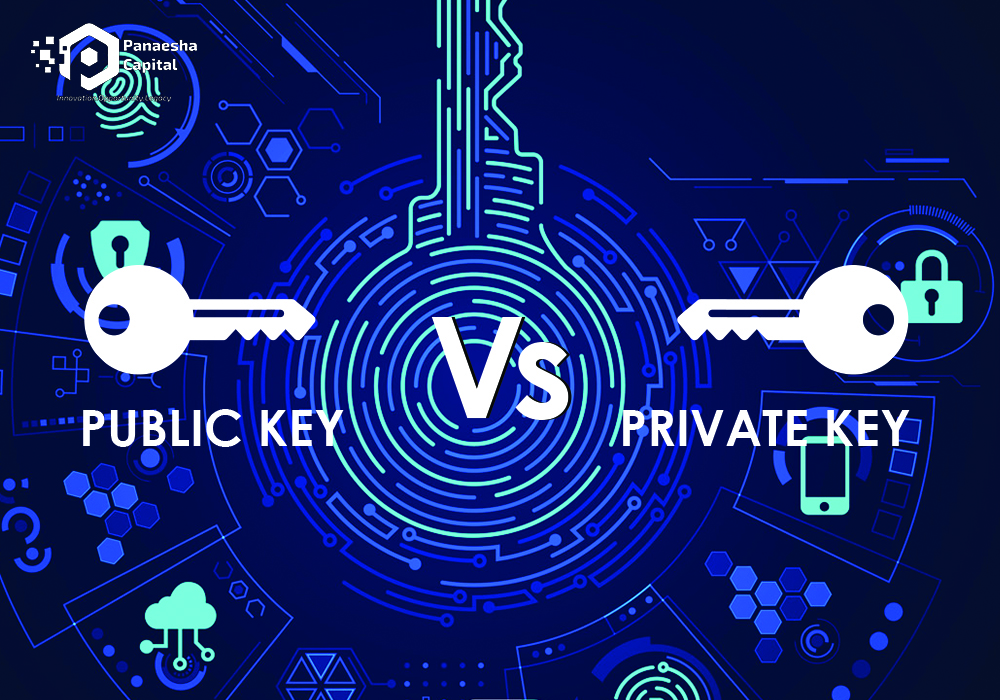The term Blockchain does not need any introduction now as you must be aware of this term by now. But if you are new then let us give you a short introduction. Blockchain is an open distributed ledger that records each and every transaction between two parties. Many industries have started using blockchain and enjoying its advantages. In sectors such as government, education, medical and real estate, this technology is providing transparency, security, accountability and improving the industries’ efficiency and functioning.
Now let us see the different types of Blockchain.
Types of Blockchain
Depending on the need and use of the application, Blockchain can be divided into 3 types:
- Public Blockchains
- Private Blockchains
- Consortium Blockchains
Public Blockchains:
Public Blockchain, as the name says, is accessible to the public and has no restrictions on who can participate. No one has complete control over the network in Public blockchains. Anyone can participate in reading, writing or auditing the blockchain. This helps in immutability and ensuring data security as a single person cannot exploit the blockchain. This allows users from around the world to interact with the blockchain and perform or see transactions until they are connected with the blockchain network.
The authority and power on the blockchain are equally divided among each node in the network. This makes the Public blockchains fully distributed. Also, this blockchain is open and transparent so anyone can see anything at any point of time. Such blockchains bring anonymity which provides privacy to its users. Cryptocurrencies like Bitcoin, Litecoin, and Ethereum mainly use Public Blockchains.
On Bitcoin and Litecoin blockchain networks anyone can perform the following things that make it truly public blockchain:
- Can run Bitcoin or Litecoin full node and start mining.
- Can make transactions Bitcoin or Litecoin on the chain.
- Can review or audit the blockchain.
Private Blockchains:
As the word says, Private Blockchain is kept private within the group and access is given on permission. The private blockchain functions like a private property of an individual or an organization as it performs particular job functions specified by them. In private blockchain, there is an in-charge who looks after the communication within the network. Anyone cannot join the private blockchain network unless he/she has permission.
The participants are invited from the network administrators’ side to conduct validations and perform transactions. The person will have the responsibility for giving access to read or write within the network. It is best for companies that are interested in conducting their particular functions under blockchain technology. Private Blockchains are mainly used in private organizations for storing sensitive data and information that is available only to certain people in the organization. As it is Private Blockchain, the data is within the organization and no external entities can access it.
In this type of blockchain:
- Anyone cannot run a full node and start mining.
- Anyone cannot make transactions on the chain.
- Anyone cannot review/audit the blockchain.
Consortium Blockchains:
Consortium blockchain has mixed properties and features of public and private blockchain networks. Consortium blockchain can be classified as partly public and partly private. It is public as the Blockchain is being shared by different nodes in the network and it is private as the nodes that can access the Blockchain are restricted. So, it is a hybrid of public and private blockchain.
Under the consortium network, the authority is semi-decentralized and not staying to a single authority. A consortium blockchain is working under a group and is responsible to implement restrictions on users’ reading, writing and auditing rights. This type of Blockchain can be used when organizations or companies are ready to share the Blockchain but restrict data access to themselves and keep it secure from public access. It is mainly used in the banking sector for its fast speed, better transaction privacies, and supreme scalability.
In such type of blockchain:
- Members of the consortium can run a full node and start mining.
- Members of the consortium can make transactions/decisions on the chain.
- Members of the consortium can review/audit the blockchain.
Each type of Blockchain provides different types of characteristics that benefit industries and organizations in large. When privacy and control is required, private and consortium blockchain will be a good option and when openness and censorship is required, public blockchain will be best. Depending on various use cases, one can choose the type of blockchain network.





